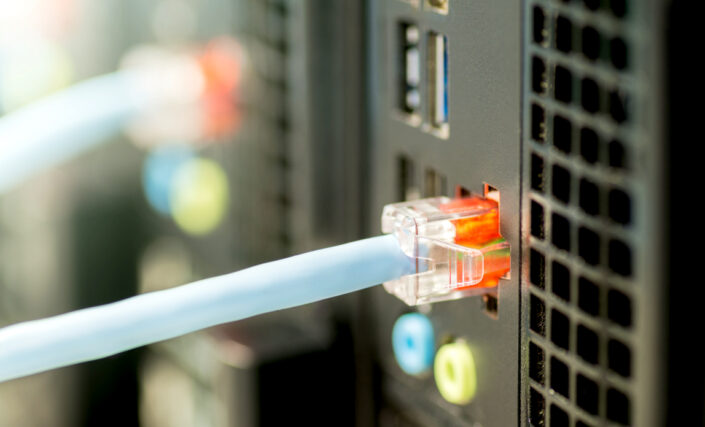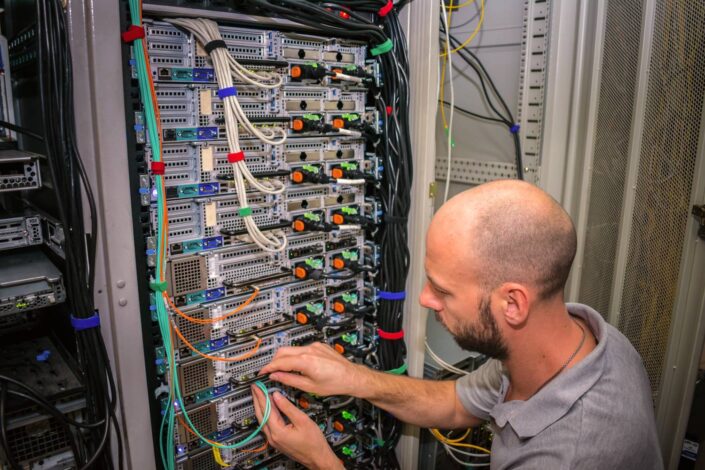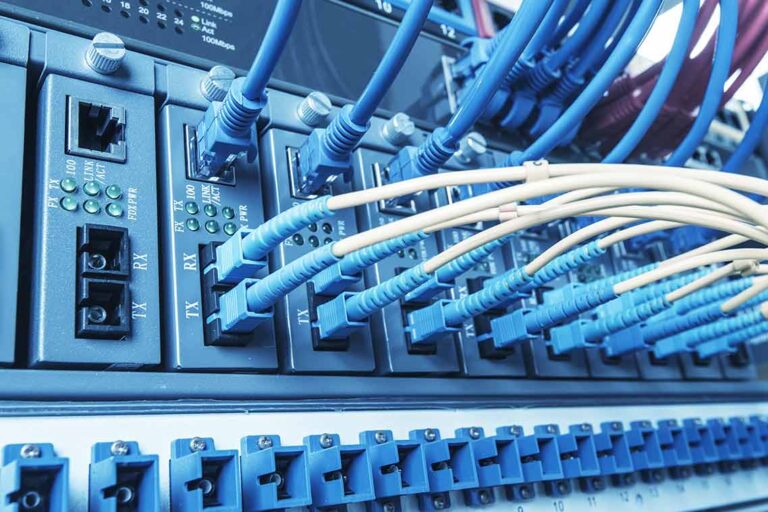Network switches play a critical role in supporting the fast and efficient functioning of any network. When configured correctly, they enable smooth communication between machines on the same network. However, if not managed properly, networks can become unstable and unreliable. That is why proper switch configuration and management are essential for ensuring optimal performance.
This article will explore the importance of configuring and managing your network switches correctly to ensure reliable performance across all devices connected to the network. It will also provide some best practices which should be followed when setting up new switches or making changes to existing ones. By following these guidelines, you can help ensure that your network remains secure and performs at its peak capacity without any issues caused by misconfiguration or poor management decisions.

The Benefits of Properly Configured and Managed Network Switches
Properly configured and managed network switches can provide a range of benefits to businesses, from increased efficiency and improved performance to greater security. Configuring the switch correctly ensures that all connected devices are running at maximum speed, with minimal latency or interference.
Furthermore, automated management tools ensure that the switch is kept up-to-date with security patches and updates so that your system remains safe from malicious attacks. Additionally, properly managing a network switch also allows for better visibility into how your infrastructure is performing, enabling you to quickly identify potential problems before they become an issue. By taking these steps to properly configure and manage your network switches, you can maximize their effectiveness while ensuring reliable performance across all connected systems.
Best Practices for Proper Switch Setup and Maintenance
When it comes to the proper setup and maintenance of network switches, there are certain best practices that should be followed. First, its important to make sure the switch is compatible with the existing environment, as an incompatible switch can cause connectivity issues or even damage existing hardware. Additionally, ensure that all security patches and updates have been applied in order to maintain a secure network.
It’s also wise to regularly back up configuration settings so they can easily be restored if needed. Similarly, logging traffic on the network will help identify any malicious activity or performance issues quickly. Finally, create specific user access privileges for different users in order to control who has access to sensitive information on the network. By following these simple steps when setting up and maintaining your switch you can ensure that your networks remains safe and secure while still running efficiently.

Challenges of Configuring and Managing Network Switches
Configuring and managing network switches can be a challenging task for IT professionals. Depending on the type of switch, there are many different settings to configure and maintain in order to ensure optimal performance. Adequate training is essential for personnel responsible for setting up and maintaining these networks, as failure to properly configure or manage them could lead to costly outages or security breaches. Understanding best practices such as regular updates, proper monitoring, and appropriate backup strategies are all key elements when configuring and managing a switch-based network.
Additionally, updating firmware regularly helps protect against any new vulnerabilities that become known in the industry while also ensuring compatibility with other systems/devices connected on the same network. Furthermore, understanding how each device affects the overall performance of the system is important so that resources can be allocated appropriately. Lastly, its critical that teams have an overarching view of their entire network infrastructure in order to identify any potential issues before they cause disruption or damage down the line.

